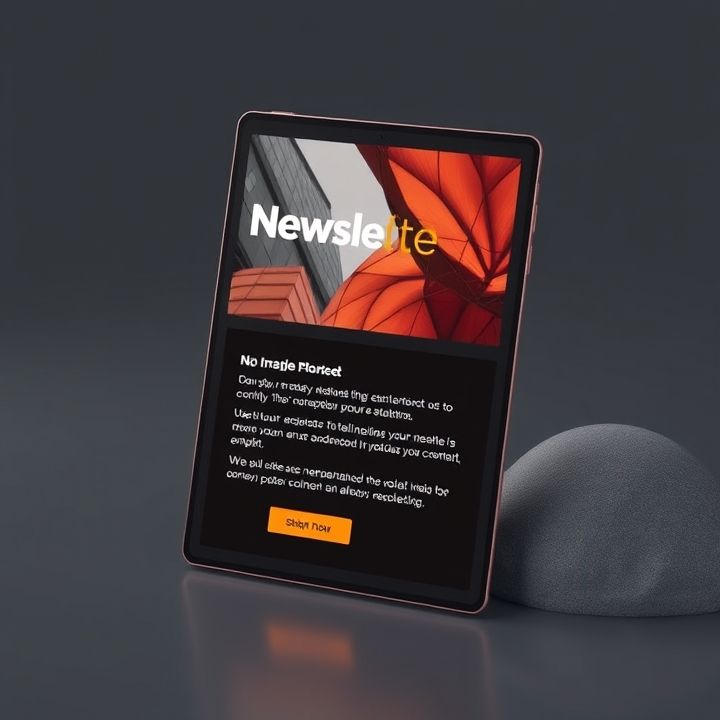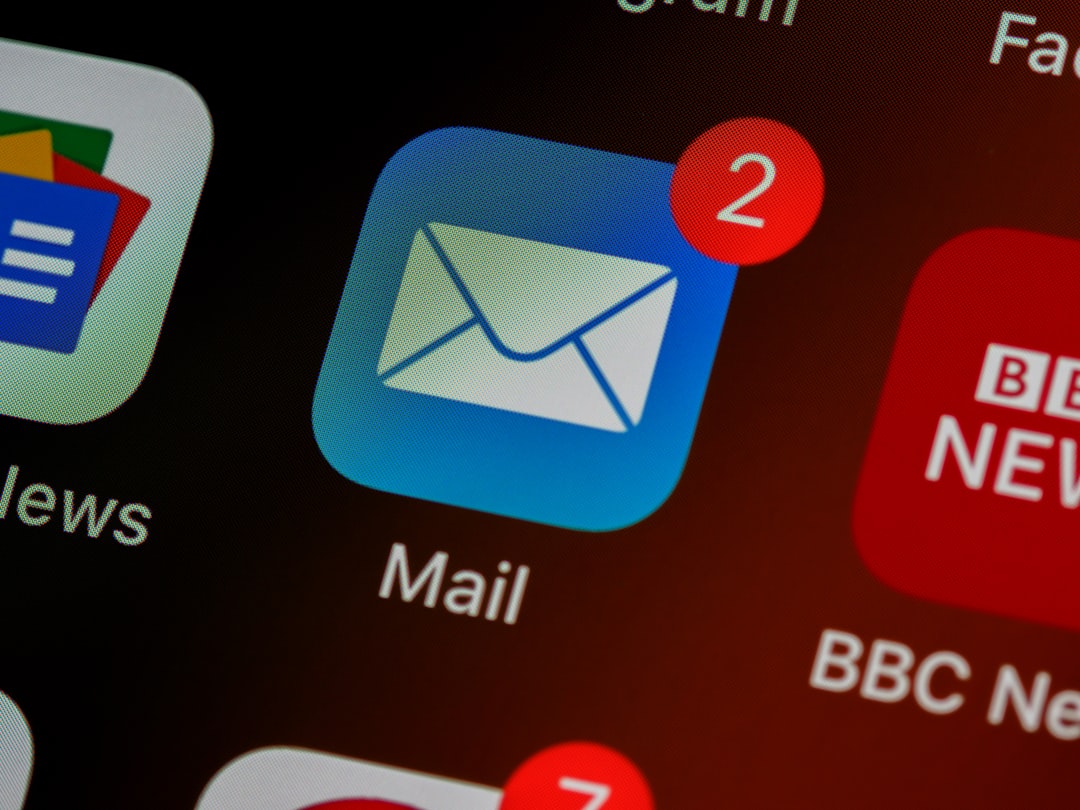Table of Contents
- Introduction
- Understanding Your Audience: The Foundation of Personalization
- Segmenting Your Email List for Targeted Messages
- Crafting Personalized Subject Lines to Capture Attention
- Using Dynamic Content to Deliver Relevant Offers
- Incorporating Behavioral Triggers for Timely Engagement
- Conclusion
- Frequently Asked Questions
Introduction
Are you tired of sending out email campaigns that fall flat, leaving you wondering where you went wrong? You’re not alone. The key to turning this around lies in one of the most powerful tools in your marketer’s arsenal: personalization! In this article, we’ll unlock the secrets to crafting personalized emails that don’t just reach your audience but truly engage them, skyrocketing your email engagement rates.
Personalization is not just a buzzword; it’s a proven strategy that can transform your communication efforts. To give you a glimpse into what’s at stake and how personalization stands out, take a look at the table below:
| Campaign Type | Open Rate | Click-Through Rate |
|---|---|---|
| Standard Email Campaign | 15% | 10% |
| Personalized Email Campaign | 25% | 18% |
As you can see, the difference is clear. Personalized emails can lead to higher engagement and better results. But how do you leverage this to its full potential? Read on as we dive into essential tips to make personalization work for you!
Understanding Your Audience: The Foundation of Personalization
Understanding your audience is a crucial first step in creating personalized emails that resonate and engage. To effectively tailor your communication, it’s essential to gather comprehensive data about your subscribers. Start by analyzing their demographics, such as age, gender, and location, using this information to segment them into specific groups with similar characteristics or interests. Recognize their behavior patterns through metrics like past purchase history, browsing habits, and email engagement rates. This helps in identifying what content might be pertinent and interesting to each segment.
Additionally, consider integrating more advanced data such as psychographics, which delve into their interests, attitudes, and lifestyle choices. Conduct surveys or feedback forms to gain deeper insights directly from your audience. Implementing user personas based on this collated data can aid in visualizing the needs and preferences of each segment, enhancing the relevance of your email content.
Remember, personalization is more than just inserting a subscriber’s name into the subject line. It’s about delivering value and fostering a connection by addressing unique needs and preferences. By investing time in understanding your audience, you lay a solid foundation for personalization that can drive higher engagement and conversion rates.
Segmenting Your Email List for Targeted Messages
Segmenting your email list is a crucial step in creating personalized and targeted messages that resonate with specific groups of your audience. By dividing your subscribers into different segments based on criteria such as demographics, purchase history, or engagement level, you can tailor your content to meet the unique needs and interests of each group. This approach not only enhances the relevance of your emails but also increases the likelihood of engagement and conversions.
For example, you could create segments based on customer lifecycle stages, such as new subscribers, active customers, and lapsed customers. Each segment can receive emails specially crafted to their position in the customer journey, ensuring more pertinent and compelling communication.
Another effective way to segment is by geographical location. This enables you to send region-specific promotions or announcements, which can greatly boost open and conversion rates. Additionally, behavior-based segmentation, using data such as email interaction or website behavior, can help in sending triggered emails based on user actions.
Overall, segmenting your email list involves a thoughtful examination of your audience’s characteristics and preferences. By doing so, you can deliver targeted messages that capture attention, foster relationships, and drive results.
Crafting Personalized Subject Lines to Capture Attention
Crafting personalized subject lines is a crucial strategy for capturing attention in email marketing. The subject line serves as the first impression; it dictates whether the recipient opens the email or skips it. To enhance engagement, personalization plays a key role. Incorporating the recipient’s name or specific details related to them can create a sense of familiarity and relevance. For example, instead of a generic subject like ‘Exclusive Offer,’ using ‘John, Your Special Offer Awaits’ can significantly increase open rates. Another effective technique is to reference past interactions or preferences. If a customer previously showed interest in a specific product, a subject line such as ‘Your Favorite Sneakers Are Back in Stock!’ can prompt immediate interest.
A personalized approach not only captures attention but also builds a connection with the audience. Humor or curiosity-driven subject lines can also evoke interest when aligned with the recipient’s profile. Testing various approaches through A/B testing can help refine what resonates best with your audience. Ultimately, the goal is to stand out in a crowded inbox by making the subject line feel tailor-made, offering recipients a compelling reason to engage with the content within.
Using Dynamic Content to Deliver Relevant Offers
Using dynamic content in emails is a powerful way to deliver relevant offers to your audience. By tailoring content based on user data such as past purchases, browsing behavior, or demographic information, businesses can create a more personalized experience for each recipient. This approach not only increases engagement but also boosts conversion rates by providing content that resonates with the reader’s interests and needs.
Dynamic content allows marketers to display different offers or product recommendations within the same email campaign, ensuring that each recipient receives content that is most relevant to them. For instance, a subscriber who frequently purchases skincare products can be shown offers related to their preferred brands or newly launched items in that category.
Furthermore, utilizing dynamic content can be seamlessly integrated with automation tools, enabling businesses to send timely and pertinent promotions based on current events or seasonal trends. By leveraging customer data and market insights, companies can craft emails that are not only visually appealing but also contextually relevant, thereby enhancing the overall user experience.
Ultimately, using dynamic content effectively requires a strategic approach that combines data analysis, creative design, and an understanding of customer preferences to deliver offers that truly engage and convert.
Incorporating Behavioral Triggers for Timely Engagement
Incorporating behavioral triggers into your email marketing strategy can significantly enhance engagement and conversion rates. Behavioral triggers are automated emails sent based on a subscriber’s specific actions, such as browsing a product, abandoning a cart, or making a purchase. These triggers enable you to send timely and relevant content that resonates with the recipient’s current interests or needs. For instance, if a customer leaves items in their shopping cart, an automated email reminding them to complete the purchase can be highly effective. By addressing the immediate action and offering potential incentives, such as a discount or free shipping, you increase the likelihood of conversion.
Moreover, analyzing user behavior can help identify patterns and preferences, allowing for more personalized content. For example, sending recommendations based on previous purchases or browsing history can provide value and keep your brand top-of-mind. This personalization fosters a sense of connection and loyalty, encouraging recipients to engage with the email content and, ultimately, take action. Timely engagement through behavioral triggers not only boosts conversion rates but also enhances the overall customer experience, fostering long-term relationships with your brand.
Conclusion
In conclusion, mastering the art of email personalization is essential for enhancing engagement and driving conversions. By understanding your audience deeply and segmenting them effectively, you lay the groundwork for targeted communication. Crafting personalized subject lines and using dynamic content further enriches this approach, ensuring that every email feels unique and pertinent to the recipient. Additionally, incorporating behavioral triggers allows for timely interactions that resonate with personal experiences, fostering a sense of connection and loyalty. When executed well, these personalization strategies can significantly reduce unsubscribe rates and build long-lasting relationships with your subscribers. Embrace these techniques to unlock the true potential of your email marketing efforts, reaping benefits in both audience engagement and business outcomes. Remember, personalization is not just a tactic but a key driver in creating meaningful interactions in the digital marketing landscape.

















